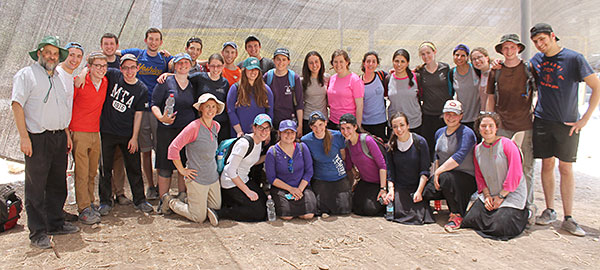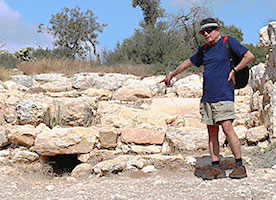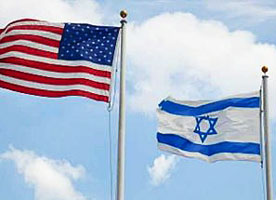What is the significance of the Fast of Gedaliah, which we mark on the day following Rosh Hashana? How is this fast different from the others? Sharing her insights is Dr. Tova Ganzel, Director of the Midrasha at the Jesselson Institute for Advanced Torah Studies, which empowers women to play an influential role in the evolving Jewish world.
 The Fast of Gedaliah was instituted after the assassination of Gedaliah ben Achikam, the righteous governor of Judea, who ruled following the destruction of the First Temple. We do not know the exact year his murder occurred, as Biblical sources only record the month. But, the fact that Gedaliah received an official appointment indicates that the Jewish population remaining in the Land of Israel had a defined status, living area, and rights and obligations vis-à-vis the Babylonian rulers that lasted more than several weeks – perhaps a year or two years. Attesting to his position is the seal of Gedaliah, “asher al habayit” (Lord Chamberlain) which was found some years ago at Lachish, second city of Judea, and is compatible with the years of his rule.
The Fast of Gedaliah was instituted after the assassination of Gedaliah ben Achikam, the righteous governor of Judea, who ruled following the destruction of the First Temple. We do not know the exact year his murder occurred, as Biblical sources only record the month. But, the fact that Gedaliah received an official appointment indicates that the Jewish population remaining in the Land of Israel had a defined status, living area, and rights and obligations vis-à-vis the Babylonian rulers that lasted more than several weeks – perhaps a year or two years. Attesting to his position is the seal of Gedaliah, “asher al habayit” (Lord Chamberlain) which was found some years ago at Lachish, second city of Judea, and is compatible with the years of his rule.
The Fast of Gedaliah differs from the other fast days which commemorate events leading up to the Temple’s destruction (“Churban“). This fast was instituted since the Jewish remnant, believed that the assassination put an end to the prospects of continued Jewish settlement in the Land. The murder, which in and of itself was a grave deed, reflected the social rift that existed in Judea after the Churban. Thus, the Fast of Gedaliah did not mark the Temple’s destruction but rather brought to a close the autonomous Jewish presence centralized around a leader, which had existed in the Land.
At the beginning of the Second Temple period, when the people were involved in its construction, (on the fourth of Kislev, in the fourth year of the King Darius’ reign), a delegation was sent to ask the priests and prophets whether it was necessary to continue to fast on the Ninth of Av (Zecharia 7: 4). The prophet’s reply was not definitive, but he does surprisingly include the Fast of Gedaliah together with Tisha B’Av. Following a lengthy additional prophecy, the prophet Zecharia mentions the Fast of Gedaliah together with all the remaining fast days associated with the Churban (i.e.. the Seventeenth of Tammuz, the Ninth of Av, the Tenth of Tevet) and proclaims to the people that in the future, with the rebuilding of the Temple, these fasts will become days of joy and gladness, and holidays for the House of Judah.
Why did the prophet specifically mention in his first reply the Fast of Gedaliah? By doing so, the prophet stresses that it is no less important than Tisha B’Av. Indeed, the Fast of Gedaliah marks the end of Jewish national independence in the Land of Israel, in addition to the religious dimension of the Temple’s destruction (which is marked by Tisha B’Av). Moreover, the motive for Gedaliah’s assassination pertained to relations between man and his fellow, and therefore it is necessary to fast as long as the nation’s return to the land does not involve a change in interpersonal conduct, and in any case they are not concentrated just in their land. While those turning to the prophet saw in the abolishing of the fast days a sign that G-d resides in the rebuilt Temple, Zecharia’s reply ties them to the injustice that was the cause of the Fast of Gedaliah, and says that it depends on the actions of the returnees themselves. Today, like then, the Jewish Holidays in Tishrei remind us of the special bond between the Jewish People and G-d, while the Fast of Gedaliah reminds us of the centrality of national unity which is not any less important than the Temple’s destruction.








